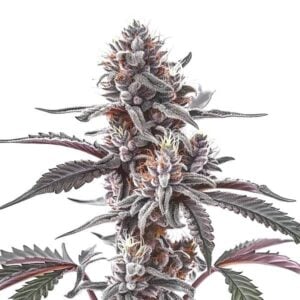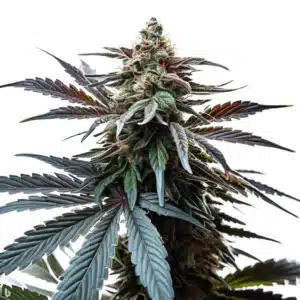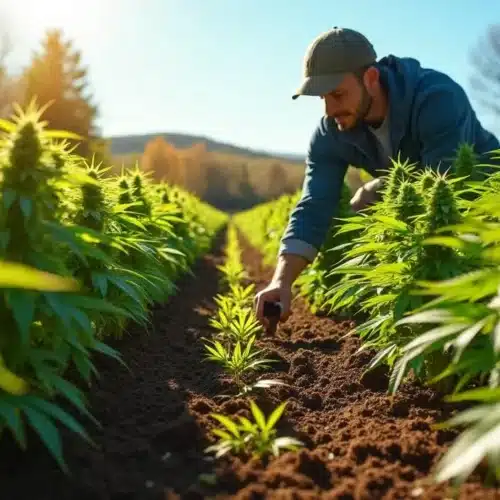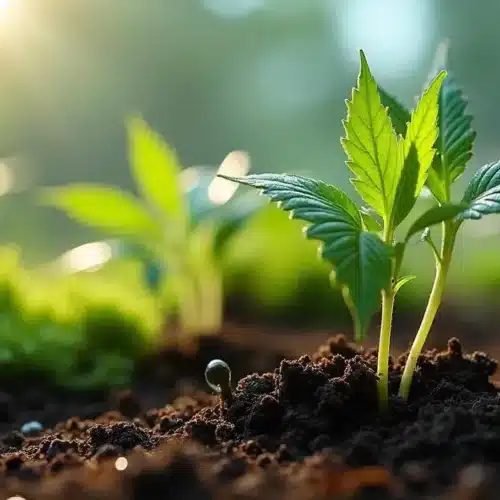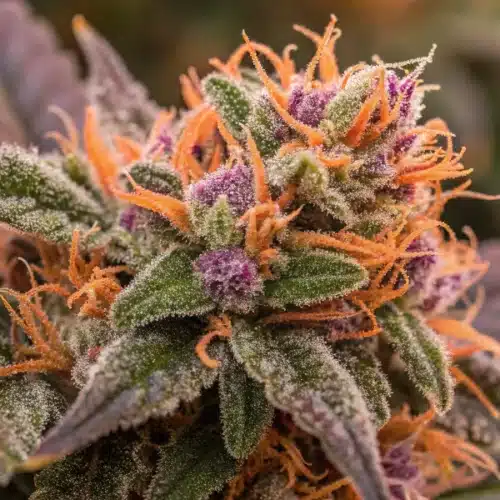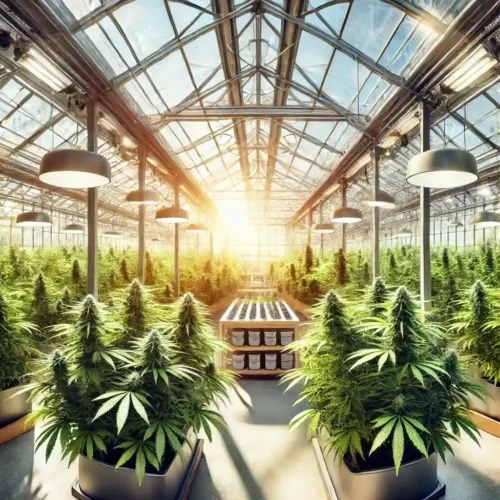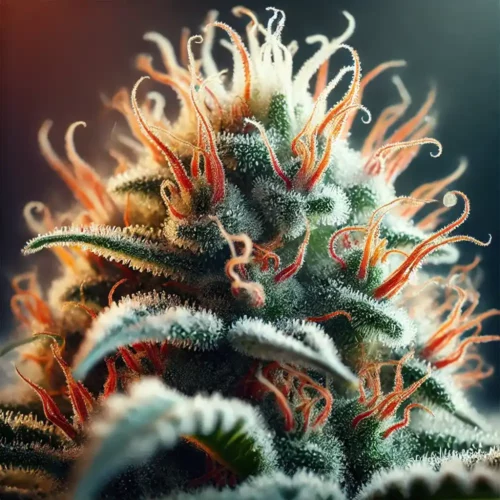Cultivating cannabis can be an enjoyable and fulfilling experience, whether you’re a seasoned grower or just dipping your toes into the world of gardening. One of the best ways to ensure your gardening journey is smooth and successful is by using a well-structured grow calendar. This essential tool helps you manage your garden effectively by outlining critical timelines for essential tasks such as planting, watering, and harvesting. Following a structured grow calendar not only boosts your gardening confidence but also ensures that your plants receive the appropriate care at the right moments, ultimately maximizing both yield and quality.
The Basics of a Grow Calendar
A grow calendar serves as a roadmap, providing a detailed timeline for significant actions throughout the life of your plants. It encompasses everything from seed germination to harvesting. Each phase of the plant’s growth deserves unique attention and care; thus, a calendar assists in planning these stages efficiently. Picture your grow calendar as a guide that helps you stay on track and focused during the entire growing process.
Creating your grow calendar is akin to crafting a detailed recipe. Just as a recipe guides you in making your favorite dish with precise steps and timings, a grow calendar does the same for your gardening adventures. Each phase of growth can vary depending on the strain and your cultivation environment, so having a roadmap is crucial for navigating your cannabis garden successfully. Embracing this approach will empower you to adapt to any challenges that arise.
The Lifecycle of Cannabis Plants
Cannabis plants undergo various growth stages, each necessitating tailored attention and care. Allowing your plants to thrive requires a keen understanding of these stages, which include:
- Germination: The journey commences when you plant the seeds. This early stage typically lasts about 1 to 2 weeks, and it’s crucial to ensure that the seeds receive proper moisture and warmth during this phase.
- Seedling: Once germination is successful, seedlings emerge. This phase lasts around 2 to 4 weeks, and young plants will need gentle handling as they begin to develop their first true leaves.
- Vegetative: In this stage, plants focus on growing larger and establishing a healthy structure. This phase can last from several weeks to a few months, depending on your desired plant size and strain characteristics.
- Flowering: This pivotal stage signals the transition to producing delightful buds. Flowering typically spans 6 to 12 weeks and requires specific care to ensure robust bud formation.
- Harvest: Finally, the time comes to reap what you have sown! Monitoring for maturity helps you determine the best time to collect your buds.
As you map out your grow calendar, it’s essential to consider how long each stage lasts, as these durations can vary by strain. For instance, some Indica strains may transition more quickly in the flowering phase than Sativa strains. By understanding these differences, you can tailor your approach to best suit the needs of each plant.
Additionally, engaging with fellow growers or online communities can provide insights about specific strains and their growth patterns. Learning from the experiences of others can enhance your ability to anticipate the unique needs of your plants as they progress through their lifecycle.
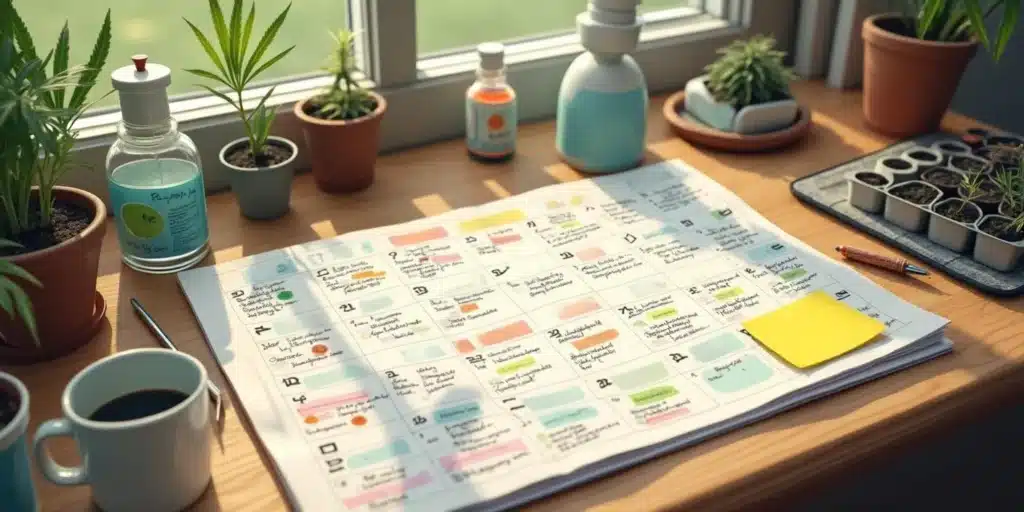
Promos & Deals
Creating Your Grow Calendar
When it’s time to create your grow calendar, consider various elements shaping your plant care journey. Here’s how you can start crafting an effective calendar:
- Choose Your Strain: Different strains exhibit distinct growth behaviors. For example, if you opt for popular strains like Blue Dream or Girl Scout Cookies, taking their growth characteristics into account while setting your timeline is essential.
- Plan Your Space: Assess your available space, indoors or outdoors, since the environment will impact light schedules and climatic factors. If growing indoors, consider the layout of your grow room for optimal light exposure.
- Check Local Seasons: If you’re cultivating outdoors, local weather patterns are crucial. Timing your planting to align with seasonal variation will ultimately affect your success, leading to better yields.
A meticulously detailed calendar not only keeps you organized but also arms you with the foresight to anticipate potential hiccups. For example, if you project the flowering phase, you can proactively prepare for increased nutrient requirements, ensuring that your plants receive everything they need to thrive.
Moreover, consider utilizing digital tools or applications that can help organize your calendar. These platforms often allow for reminders, photo documentation, and observational notes, offering additional resources that can keep you on track and engaged in your gardening activities.
Mark Important Dates
After planning the stages, marking important dates on your calendar is crucial for a successful grow cycle. Noteworthy events might include:
- When to start seeds indoors or directly outdoors.
- When to transplant seedlings outdoors or into a larger pot, providing them more room to grow.
- Expected dates for flowering transitions and harvest, knowing this in advance can energize your enthusiasm during the process.
These markers on your grow calendar will not only provide a framework for your gardening duties but also ensure that you stay organized and engaged throughout the grow cycle. Additionally, maintaining a journal where you jot down observations and modifications can enhance the efficacy of your calendar for future grows.
Connecting with other growers who keep similar calendars can help you better understand timing and practices that work best. Shared experiences often enhance your understanding of what to expect, smoothing your journey in cannabis cultivation.
Watering Schedule
Watering is perhaps one of the most critical aspects of nurturing your cannabis plants. An effective calendar must include a systematic approach to watering to ensure your plants thrive.
Young plants require less water than their mature counterparts, so it’s important to adapt your watering routine with care. Here are some recommendations to guide you:
- Seedlings: Water lightly, only once or twice a week. Overwatering is a common pitfall at this stage, so make sure not to saturate the soil.
- Vegetative Stage: As your plants gain size, increase watering frequency to every 2-3 days, ensuring soil drainage remains effective.
- Flowering Stage: During peak growth, monitor moisture levels closely and usually water every other day, being careful to avoid both over and underwatering.
Keeping a diligent eye on your plants will allow you to adapt your calendar to their needs. Signs of distress from improper watering typically manifest as yellow leaves or drooping stems. Daily observations will help you catch these signs early, allowing for swift corrective actions.
To make your watering routine even more effective, consider implementing a calendar feature that tracks daily or weekly rainfall if you’re growing outdoors. Natural precipitation directly affects your watering schedule, and documenting this can help you refine your approach season by season.
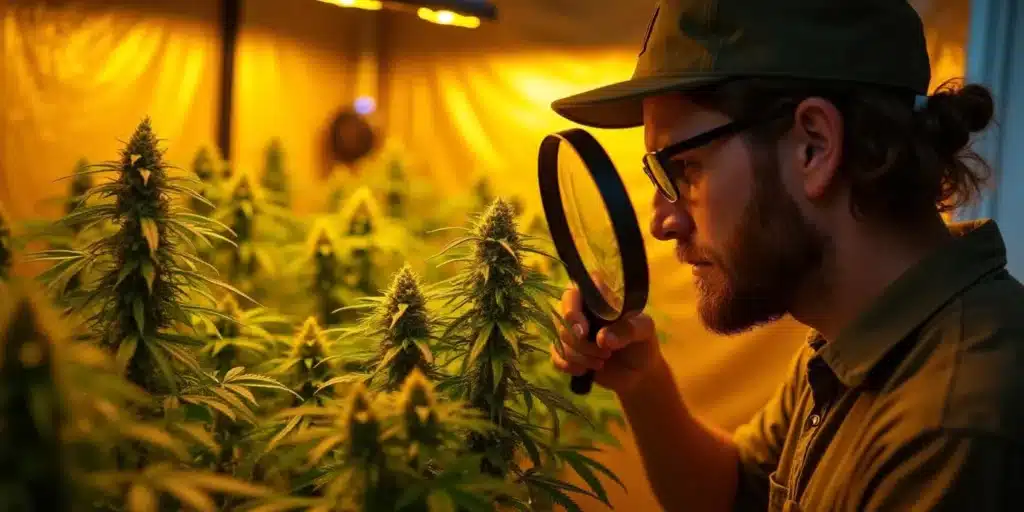
Nutrient Schedule
Nutrients are vital for your plants’ growth and development. Each growth stage requires different nutrient blends, and having this information organized will contribute to your success. Here’s a basic nutrient guide:
- Seedlings: During this initial stage, limit nutrients to a light mix, focusing on creating a stable environment.
- Vegetative Stage: Increase nitrogen levels to promote healthy leaf and stem growth, ensuring plants are sturdy.
- Flowering Stage: Transition to a nutrient mix higher in phosphorus and potassium to support vigorous bud development.
Utilizing a calendar to track nutrient applications will help guarantee you’re administering the right nutrients at the right times. It’s a valuable practice to observe how your plants respond to nutrient changes and adjust accordingly to prevent over-fertilization, which could harm their growth.
In addition to tracking the application of nutrients, you might consider logging other variables like the pH level of your soil and water. These small details can play a significant role in the efficacy of nutrient uptake and overall plant health.
Light Requirements
Light is an indispensable factor for ensuring healthy cannabis growth, and varying your light schedule according to your growing method (indoor or outdoor) is vital.
If you’re growing indoors, consider the following recommendations for light exposure:
- Seedling Stage: Offer 24 hours of light initially to encourage vigorous early growth. Ensuring consistent light during this time sets the foundation for success.
- Vegetative Stage: Shift to 18 hours of light followed by 6 hours of darkness. This change supports robust structure and leaf development.
- Flowering Stage: Transition to a 12-hour light and 12-hour darkness cycle to signal the plants to begin flowering.
For outdoor growers, natural sunlight will be your primary light source. Aim to ensure that your plants receive at least 6 hours of direct sunlight each day for optimal growth. Tracking the sun’s path and accounting for daily weather shifts can provide crucial insights into your plants’ needs.
Experimenting with different light schedules and intensities can help you fine-tune the effect on your plants. Engaging in chats with fellow growers might yield additional tips on their lighting strategies, leading to even better outcomes in your grow schedule.
Environmental Factors
Each phase of growth presents different environmental challenges, making the careful monitoring of temperature and humidity essential for optimal conditions. Here’s a basic breakdown:
- Seedlings: Prefer stable environments with temperatures around 70-75°F and moderate humidity, aim for about 60-70% relative humidity to encourage growth.
- Vegetative Stage: Slightly higher temperatures (75-80°F) are acceptable while keeping humidity lower to promote steady growth.
- Flowering Stage: Maintain temperatures around 65-75°F, with humidity dropping to around 40-50% to avoid mold and mildew issues.
By documenting the nuances of your environmental controls in your calendar, you can continuously refine your approach for better consistency. Utilizing simple tools like thermometers and hygrometers can provide real-time insights into your grow space conditions, ensuring your plants are always at their best.
As you gather data over multiple grow cycles, you’ll start to see patterns emerge concerning your plants’ responses to various environmental factors. This knowledge can be a game-changer, allowing you to adapt your growing environment precisely to what your plants thrive in and ultimately leading to a bountiful harvest.

Harvesting and Curing
Harvesting is an exciting and crucial part of the growing process, as the timing directly impacts the potency and flavor of your cannabis. Utilize your calendar to track when to inspect the trichomes, the tiny, resinous glands on the buds. Clear trichomes are a signal that it’s too early to harvest, while milky white trichomes indicate that you’re nearing the perfect moment. Amber trichomes suggest peak maturity for harvesting, which will give your plants a more robust effect.
After harvesting, proper curing becomes essential, significantly affecting the final quality of your product. Key steps to include in your schedule might encompass:
- Trim the buds carefully post-harvest to ensure a clean appearance and improve curing.
- Jar the buds for curing, taking care to monitor moisture levels for the first few weeks. Jarring helps maintain proper humidity for optimal curing.
- Open the jars regularly for fresh air exchange, which helps prevent mold and promotes an even, thorough curing process.
Incorporating proper techniques for harvesting and curing into your calendar will give you a structured approach to ensuring a smooth post-harvest process, resulting in high-quality end products. Being mindful of each step and adjusting based on past grow experiences can elevate your results over time.
Secondly, engaging with fellow growers can provide useful tips on best practices for curing and harvesting, which could enhance your skills. These community connections can also introduce you to different curing techniques that might complement your style and preferences.
Practical Tips for Building a Successful Grow Calendar
Every grower brings a unique approach to building their calendar. Here are some practical tips to consider:
- Use Digital Tools: Opt for a digital app or traditional notebook to organize notes, timelines, and observations, making tracking tasks much easier.
- Stay Flexible: Plants can sometimes grow slower or faster than anticipated. Flexibility in your calendar is key to adapting to their specific needs.
- Learn and Adjust: Each growing cycle provides valuable lessons; adjust your calendar based on outcomes to improve future harvests.
By becoming proactive and organized, you will develop a comprehensive understanding of your plants’ needs, leading to larger and healthier yields in the future. Moreover, keeping an open mind to new techniques or practices can further enhance your gardening experience.
Connecting with local gardening clubs or online communities can provide resources and tips that contribute to your growing expertise. Sharing your experiences with other growers can often yield insights into new practices or approaches that could positively influence your results.
FAQs about Grow Calendars
What is the ideal duration for each growth stage?
The duration of each growth stage varies by strain and growing conditions. However, on average, the growth phases last:
- Germination: 1-2 weeks
- Seedling: 2-4 weeks
- Vegetative: 4-8 weeks (or longer for some strains)
- Flowering: 6-12 weeks
How do I know when to water my plants?
Observing the top inch of soil is a good gauge, if it’s dry, it’s time to water. Keeping an eye on the leaves can also provide valuable cues; droopy leaves generally signal underwatering, while yellowing leaves may indicate overwatering. A careful inspection will help you fine-tune your watering approach.
Can I use a grow calendar for other plants?
Absolutely! The concepts discussed in this article can be adapted for various gardening situations. While specific timelines and requirements will vary based on plant types, the structure of a grow calendar can enhance your overall gardening experience and yield for many plants.
What if my plants are growing slower than expected?
Slow growth can be frustrating, but there are many factors to consider. Check environmental elements such as light, water, and nutrient levels. Adjusting these aspects may lead to improved growth rates. Finally, patience is vital; sometimes, plants naturally take longer than anticipated, and observing them with care can reveal when they’re ready to flourish.


